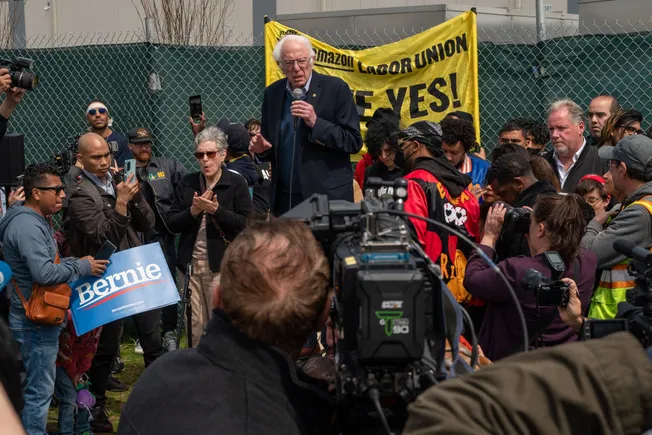Dive Brief:
- While attrition rates continued to fall in Q3, early data suggests more workers could leave their jobs in early 2025, according to Eagle Hill Consulting’s latest employee retention index.
- Millennials, male employees and baby boomers are most likely to stay in their jobs, a September survey by Ipsos for Eagle Hill found. On the flip side, Generation Z and female employees are more likely to leave, the survey revealed.
- The report came with a word of caution: “While the workforce attrition levels are lower, this does not mean employers should retreat from monitoring their employee sentiment and managing employee engagement initiatives. We know all too well that economic conditions can change in an instant,” Melissa Jezior, Eagle Hill’s president and CEO, said in an Oct. 10 statement.
Dive Insight:
Eagle Hill’s findings align with government data that point to a strong jobs report closing out 2024, with quit rates at their lowest point since September 2020.
Expected wage increases account for part of the positive reports, a lead UKG economist recently noted.
Eagle Hill’s findings bear this out: Employee confidence in compensation has continued to rise, up 1.7 points from the firm’s Q2 report, it said.
Core benefits, including a focus on pay, appear to be an integral aspect of employer retention strategies, a WTW senior economist indicated in June. More than half of the employees WTW surveyed said they’ve remained with their employer because of their benefits.
But there’s a crack in the outlook: Worker attitudes regarding workplace culture declined by 2.3 points from last quarter, Eagle Hill found.
Culture is an issue that Gen Z and women — the two groups Eagle Hill found most likely to leave — take seriously, the firm said.
“Employers who want to retain female and Gen Z workers should consider doubling down on engaging with those employees because our data indicates they are most at risk of leaving,” Jezior said. “That means digging in to understand the unique needs and preferences of these employees and taking any needed action to meet them where they are. For example, women and Gen Z employees often place a high value on workplace culture, flexibility, career development, and feeling connected to their work. If you’re not delivering on those measures, women and younger workers are at a higher risk of leaving regardless of the job climate.”
Female and Gen Z employees’ priorization of flexibility may be directly affected by return-to-office mandates. For example, a survey of 216 U.S. HR execs by The Conference Board in March and April found that 45% of those at organizations with mandatory on-site work reported having issues with retention, while only 15% of HR execs at organizations that allow employees to choose where they work reported retention issues.
Yet, employers with RTO mandates may still be looking for ways to make it work: In a June survey by Robert Half, 2 out 3 managers said they would be willing to increase salaries for new hires who work in the office.
Of the employers who would pay an RTO premium, 59% said they would pay up to 20% more for workers to come in between 4 and 5 days per week, the survey found.
The robust economy and stable workforce make this “an opportune time for organizations to focus on strategic initiatives,” Jezior said. “Employers can take the long view on strategic priorities and even tackle issues that are more difficult to address — from operational efficiencies to reorganizations,” Jezior added.






Leave a Reply